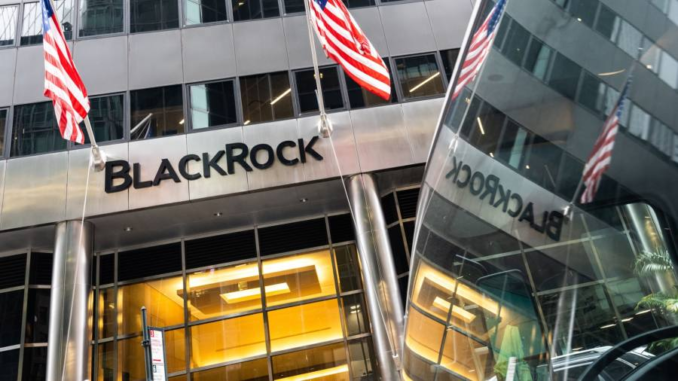
While cryptocurrencies were falling, established asset managers such as Abrdn, Charles Schwab and BlackRock were hard at work looking to secure a foothold in the market. Not by investing directly in volatile cryptocurrencies, mind. Abrdn, the UK investment group, recently bought a stake in digital assets exchange Archax. BlackRock is opening direct access for clients to crypto exchange Coinbase. Schwab has launched a crypto-linked exchange traded fund.
Sceptics will say asset managers are scrambling to exploit an immature, speculative market, when unwary customers betting on cryptocurrencies are still vulnerable to hype or even fraud. Underlining the risks, Caisse de dépôt et placement du Québec, a big Canadian pension fund manager, has written off what it conceded was a premature investment in bankrupt crypto lending platform Celsius Network.
BlackRock’s chief executive Larry Fink was an early bitcoin critic, opening him to charges of, at best, inconsistency. But when he was sniping at bitcoin in 2017, crypto’s foundations were more fragile than now. It is hardly surprising that companies such as BlackRock, which is also developing a spot bitcoin trust for institutional clients, should look to cater to new groups of investors.
Asset managers need to be open to multiple futures of finance. Cryptocurrency could become a legitimate way of hedging sophisticated investors’ portfolios, like other alternative assets such as wine or gold. It could still pay to have some exposure. But whether or not cryptocurrencies recover their earlier levels, the history of markets suggests that something useful usually remains after bubbles burst.
By investing in the market’s superstructure now, asset managers can also prepare for the possible advent of central bank digital currencies, which offer some of the promised upside of crypto with the security of backing from central banks. They are improving their understanding of the underlying technology, such as blockchain. And they may put themselves in a position to hire innovative and fintech-adept young staff made redundant by shrinking crypto companies. In other words, it is perfectly possible to embrace the technology, entrepreneurial spirit and innovation of crypto while remaining at arm’s length from the asset class itself.
As for ordinary investors, the growing ties between high finance and crypto seem a step away from digital currencies’ origins as a tool for tearing down the establishment. But at least by filtering their investment through orthodox institutions, they limit their exposure to theft and fraud. Even so, cryptocurrencies are still broadly unsupervised, hold the potential to contribute to wider market instability and are a risky home for the savings of retail investors used to more solid regulatory protection.
The obvious solution is to put in place firm guardrails, as this newspaper has repeatedly suggested. Unfortunately, different agencies and countries have divergent attitudes. Financial entrepreneurs and innovators will naturally seek to exploit such differences. For example, crypto companies are lobbying to ensure cryptocurrencies are regulated by the Commodity Futures Trading Commission, which regulates derivatives, rather than the more hawkish Securities and Exchange Commission.
In what remains a buyer-beware market, asset managers’ involvement provides a thin layer of additional security. Their interest could bolster surviving crypto companies that wish to win access to institutional clients. But with asset managers’ power comes a responsibility to help the crypto market grow up, and to help protect more vulnerable investors while it does.






Be the first to comment